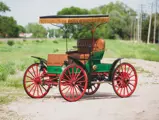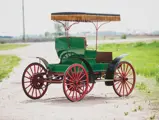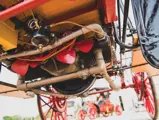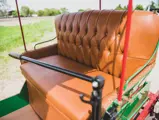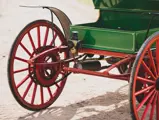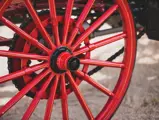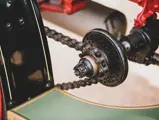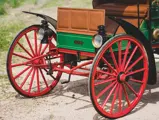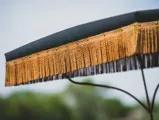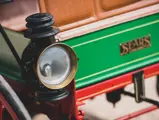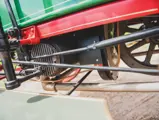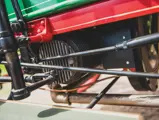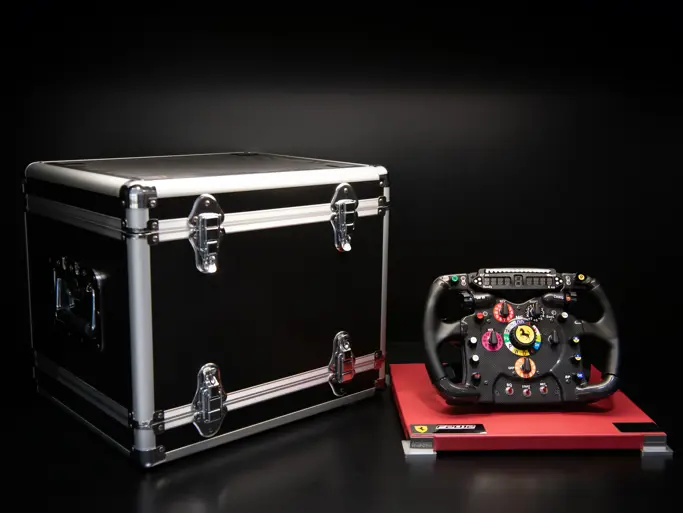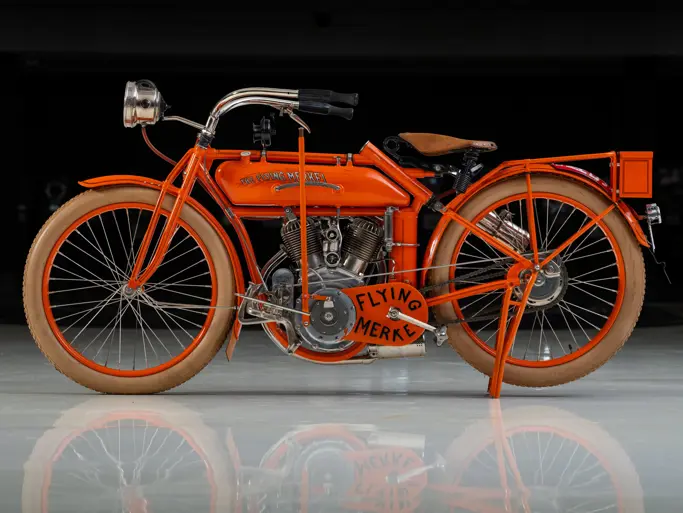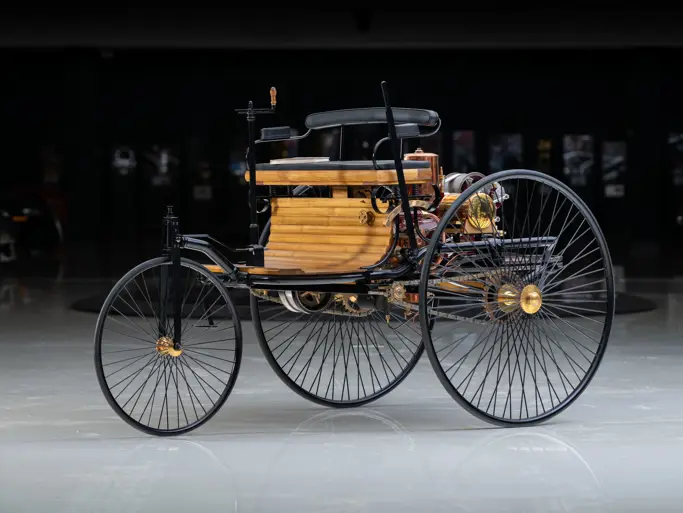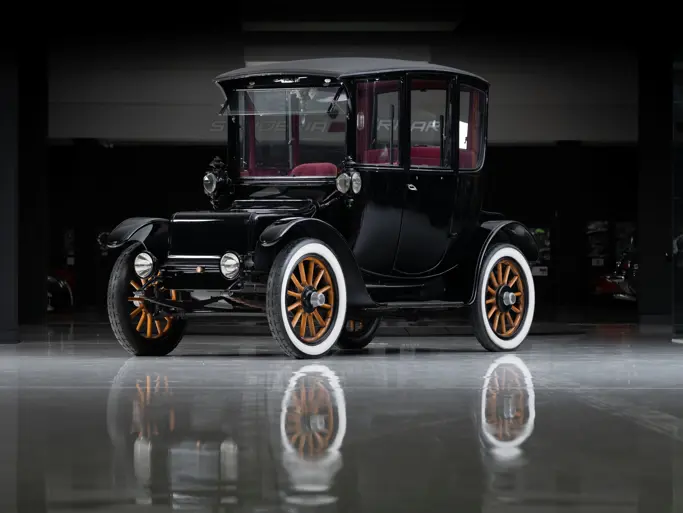Hershey 2019
1908 Sears Model J Motor Buggy
The Merrick Auto Museum Collection
{{lr.item.text}}
$26,400 USD | Sold
 | Hershey, Pennsylvania
| Hershey, Pennsylvania
{{internetCurrentBid}}
{{internetTimeLeft}}

- Iconic Sears Motor Buggy
- Features running boards, fenders, and fringed Surrey top
- High-quality restoration
In 1908 Sears, Roebuck and Co. entered the automobile age. In that year’s fall mail-order catalogue appeared the Sears Motor Buggy, a $395 high-wheel runabout. The impetus came from Alvaro S. Krotz, an engineer and inventor. Krotz had designed a simple, inexpensive car, visited Sears, and sold the giant company on placing it in their catalogue.
First he needed a factory, and one was found in Chicago, Sears’ home territory. Krotz managed the new factory, and Sears’ own W.M. Tippett headed sales, while another Sears employee, Percy Herrick, supervised production. The Motor Buggy was an assembled car, with parts purchased from many sources, although some were specific to this application. The engine was a two-cylinder horizontally opposed air-cooled unit of 10 horsepower that drove through a friction transmission, then a common design (and indeed used on some lawn tractors to this day). A Schebler carburetor provided fuel, which was ignited by a jump-spark from dry-cell batteries. Lubrication was a combination of force-feed and splash. The chassis was pressed steel, wheels were made of hickory with solid rubber tires attached, and the steering tiller was on the left.
The basic model, with few amenities, was called Model G. Model H added fenders and a top. Model J had running boards, and Model K had cushion tires. The Sears Motor Buggy offered here is the Model J version, with running boards, fenders, and fringed Surrey top. Fitted with Yankee oil carriage lamps, it also has a taillight. The tan leather dashboard matches the seats, which are buttoned in a diamond pattern. Steering is by tiller on the left-hand side. Final drive is via dual chains to the rear wheels.
In 1910 Sears caved to the fashion of the day and began calling it “automobile.”

